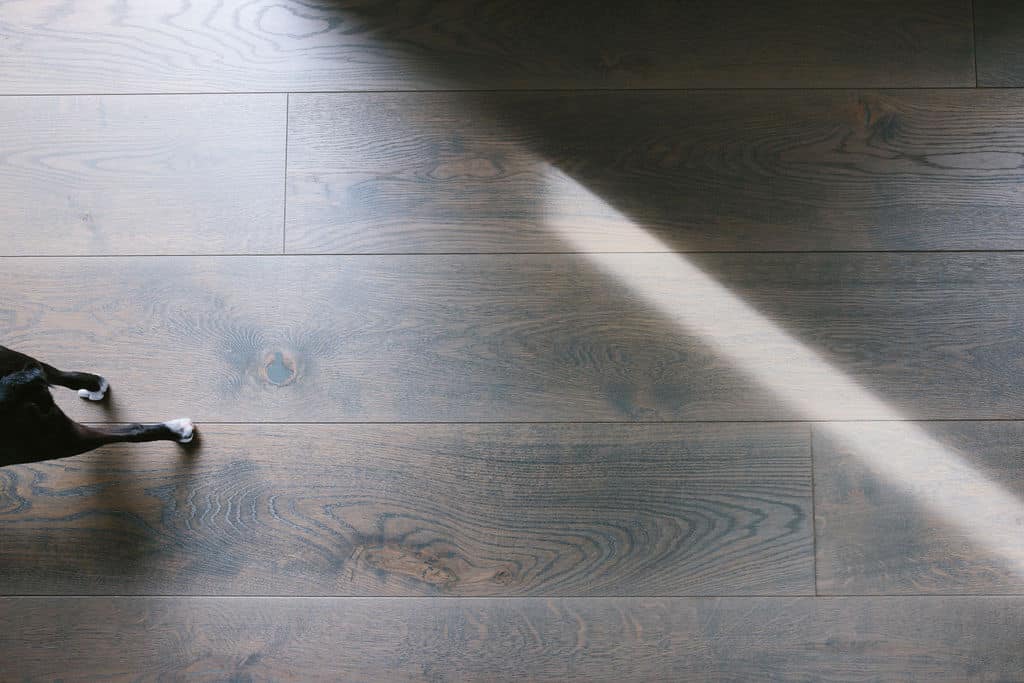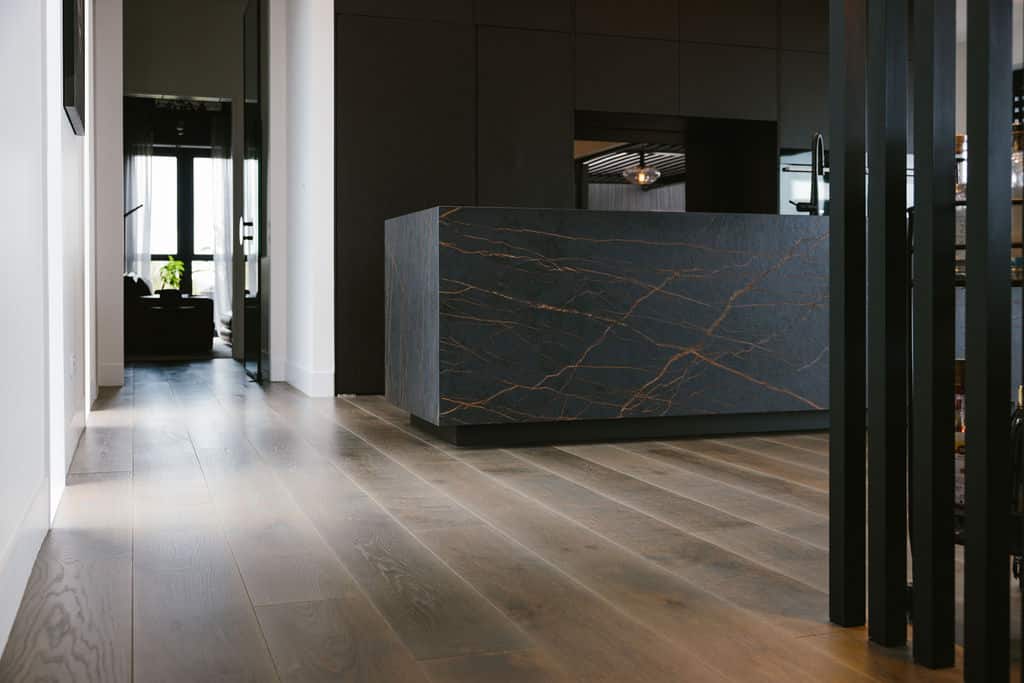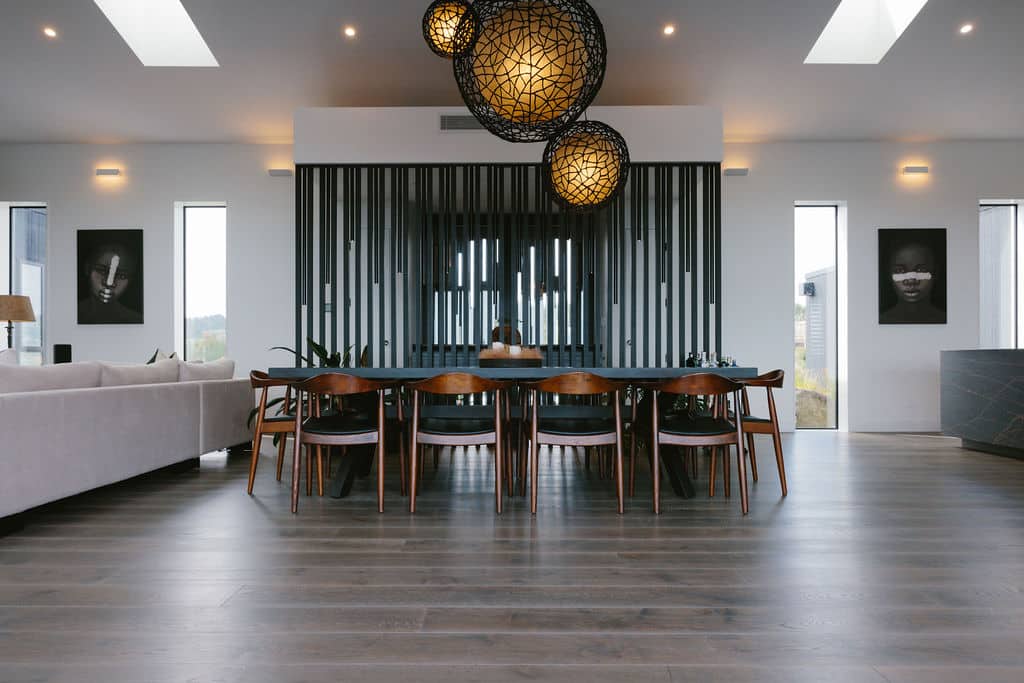The Timeless Craft of Hand-Scraped Custom Wood Flooring
The History of Hand-Scraped Custom Wood Flooring
Hand-scraped custom wood flooring dates back centuries, long before modern machinery was available. Historically, wood floors were scraped by hand to smooth out imperfections in the timber and to ensure an even surface. This labor-intensive process was essential for creating level floors in homes and buildings. Over time, this technique became more than just a necessity—hand-scraped floors gained a reputation for their rich texture and unique, rustic appeal. Today, the method is used to recreate this old-world craftsmanship, giving homeowners the charm of historical wood flooring in modern homes.
The Art of Hand-Scraping: Time-Honoured Technique
Hand-scraping is an artisanal technique that involves skilled craftsmen carefully working each plank of wood by hand. The process involves using specific tools to create a textured surface with grooves, marks, and indentations that highlight the wood’s natural grain. Every piece of hand-scraped custom wood flooring is unique, reflecting the artisan’s craftsmanship and the wood’s character.
The technique’s origins can be traced to early European and American homes, where floors were often scraped to smooth uneven boards. What began as a practical solution evolved into a design feature that added warmth and character to a space. Today, hand-scraped custom wood flooring remains popular for its timeless beauty and the way it captures the natural essence of wood.
Why Choose Hand-Scraped Custom Wood Flooring?
Custom wood flooring offers not only a bespoke design but also a connection to the past. Here’s why it’s a preferred choice:
- Heritage Appeal: The hand-scraped texture evokes a sense of history and craftsmanship, making it perfect for traditional and modern homes alike.
- Durability: The process creates a robust surface that stands up to daily wear and tear.
- Unique Character: No two planks are the same, giving your home a one-of-a-kind floor.
- Timeless Elegance: Hand-scraped floors have a classic look that never goes out of style.
Available Hand-Scraped Custom Wood Flooring at Vienna Woods
At Vienna Woods, we offer an exceptional selection of hand-scraped custom wood flooring, crafted to the highest standards. Our floors are made from premium-quality timber, ensuring that each plank showcases the wood’s natural beauty. Le Bois Gouge Nature is a specialty hand-scraped product available through the Vienna Woods Special Order program.
Hand-scraped custom wood flooring combines the beauty of historic craftsmanship with modern durability. Available at Vienna Woods, these floors bring a timeless, rustic appeal that offers an incredible unique floor.
Learn more about the Vienna Woods Special Order program here.




